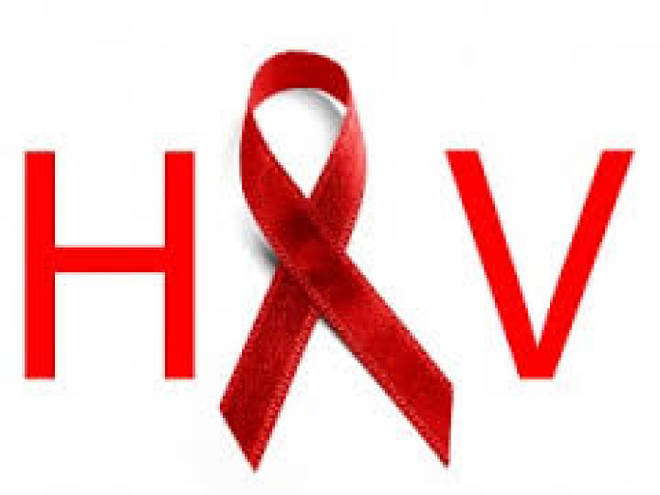HIV prevention: Research shows promise on DNA vaccines
Researchers at the HIV Vaccine Trials Network (HVTN) have made scientific presentations that hold promise for the development of DNA vaccines to prevent HIV infection. Deoxyribonucleic acid, more commonly known as DNA, contains all the information necessary to build and maintain an organism. It is the hereditary material in humans and almost all other organisms. […]

Researchers at the HIV Vaccine Trials Network (HVTN) have made scientific presentations that hold promise for the development of DNA vaccines to prevent HIV infection.
Deoxyribonucleic acid, more commonly known as DNA, contains all the information necessary to build and maintain an organism. It is the hereditary material in humans and almost all other organisms. It is a long molecule that contains our unique genetic code
The researchers made the presentation during the recent HIV Research for Prevention (HIVR4P 2018) Conference in Madrid, Spain. The studies showed promising early stage clinical findings that advance the development of the vaccines.
DNA vaccines aim to deliver a small circular piece of DNA containing genes encoding pathogen antigens directly to cells. The body’s cells use this DNA to produce the antigens that trigger immune responses.
An antigen is a substance that helps the production of antibodies, a kind of protein produced in the blood that fights diseases by attacking and killing harmful bacteria in humans or animals. So far, no DNA vaccines have been approved for human use in the United States.
Traditional viral vector vaccines on the other hand involve weakened or killed forms of whole pathogens or specific protein components that generate antibody and T‐cell responses.
The two presentations indicate that candidate HIV DNA vaccines can elicit strong anti‐HIV immune responses in clinical trial participants.
DNA and protein HIV vaccine regimen elicited stronger antibody and cellular immune responses than a canarypox and protein HIV vaccine regimen.
DNA vaccines are relatively easy and inexpensive to manufacture but do not always produce strong immune responses.
HVTN scientists reported that an experimental HIV DNA and protein vaccine regimen assessed in the HVTN 111 clinical trial elicited stronger immune responses in study participants than a regimen based on canarypox and protein vaccines evaluated in the HVTN 100 clinical trial.
The HVTN 111 regimen included groups who received two initial, or “prime,” doses of a DNA vaccine given either by needle and syringe or by a needle‐free injector called a Biojector, followed by two booster doses of the DNA vaccine plus an HIV protein containing an adjuvant to enhance immune responses.
These results suggest that DNA vaccines should be considered for future HIV vaccine strategies.
The findings were reported at an HIVR4P oral presentation titled ‘DNA‐prime Induces Higher Magnitude Humoral Responses than ALVAC‐prime in HIV Vaccine Regimens with the Same Protein Boost’.
“Our results suggest that HIV vaccine strategies should prioritize DNA priming with an adjuvanted protein boost if the quality and durability of antibody and cellular responses also indicate superiority over ALVAC priming,” said Zoe Moodie, Ph.D., faculty statistician at the Vaccine and Infectious Disease Division at Fred Hutchinson Cancer Research Center. “Further evaluation is needed to determine whether the delivery of DNA by Biojector elicits stronger cellular immune responses that warrant its use over the traditional needle and syringe,” she concluded.
Vaccine delivery by electroporation through the skin requires one‐fifth of the dose needed for an intramuscular vaccine for an equivalent immune response.
Researchers are pursuing strategies to make DNA vaccines more effective in humans. One new approach is detailed in the abstract ‘Immune Responses to PENNVAX‐GP® HIV DNA Vaccine plus IL‐12 are Equivalent or Superior when Delivered by Intradermal vs. Intramuscular Electroporation’, presented on Wednesday at an oral scientific session during the conference .
In this phase 1 HVTN 098 clinical trial, DNA vaccines were delivered via patients’ skin or muscle with an electroporation device, which makes cell membranes more permeable to DNA with a pulse of electricity.
The study authors found that with the use of electroporation and IL‐12, higher magnitude immune responses to the DNA vaccine were seen, and that delivery through the skin required only one‐fifth of the dose needed for a vaccine delivered to the muscle to achieve the same immune response.
Dr. J. Joseph Kim, Inovio’s president & CEO, said Inovio and the HVTN share a goal to develop a successful HIV vaccine as soon as possible. “We are grateful for their partnership in that effort. At Inovio, we are truly pleased to see these robust immune response data and they are remarkably consistent with our other vaccine data reported from our Ebola, Zika and MERS clinical trials in terms of demonstrating very favourable vaccine response rates with a good safety profile. We look forward to further advancing PENNVAX‐GP into later‐stage clinical development with our partners and collaborators,” he said.
A lot still needs to be accomplished in the field of DNA vaccines, but HVTN researchers are making bold strides in their pursuit to find a safe and effective HIV vaccine.
The HVTN is the world’s largest publicly funded collaboration facilitating the development of vaccines to prevent HIV/AIDS and has together with global partners demonstrated significant scientific progress in pursuit of a safe and effective HIV vaccine.
